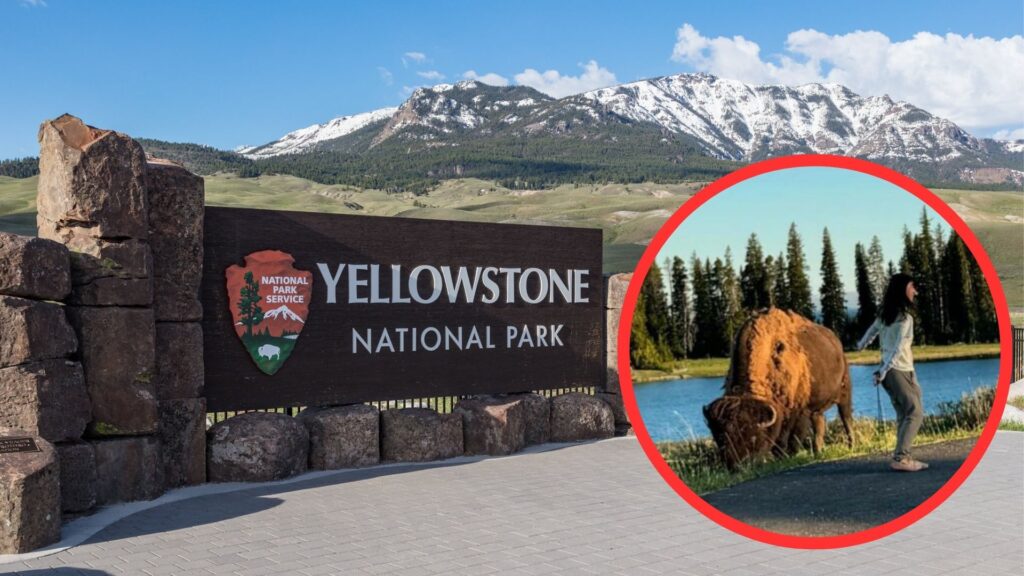A visitor at Yellowstone National Park found herself in a precarious situation when she got too close to a bison during the peak of rutting season.
Despite numerous signs warning of the dangers, she approached the massive animal, known for its unpredictability during this time.
Caught in the Act
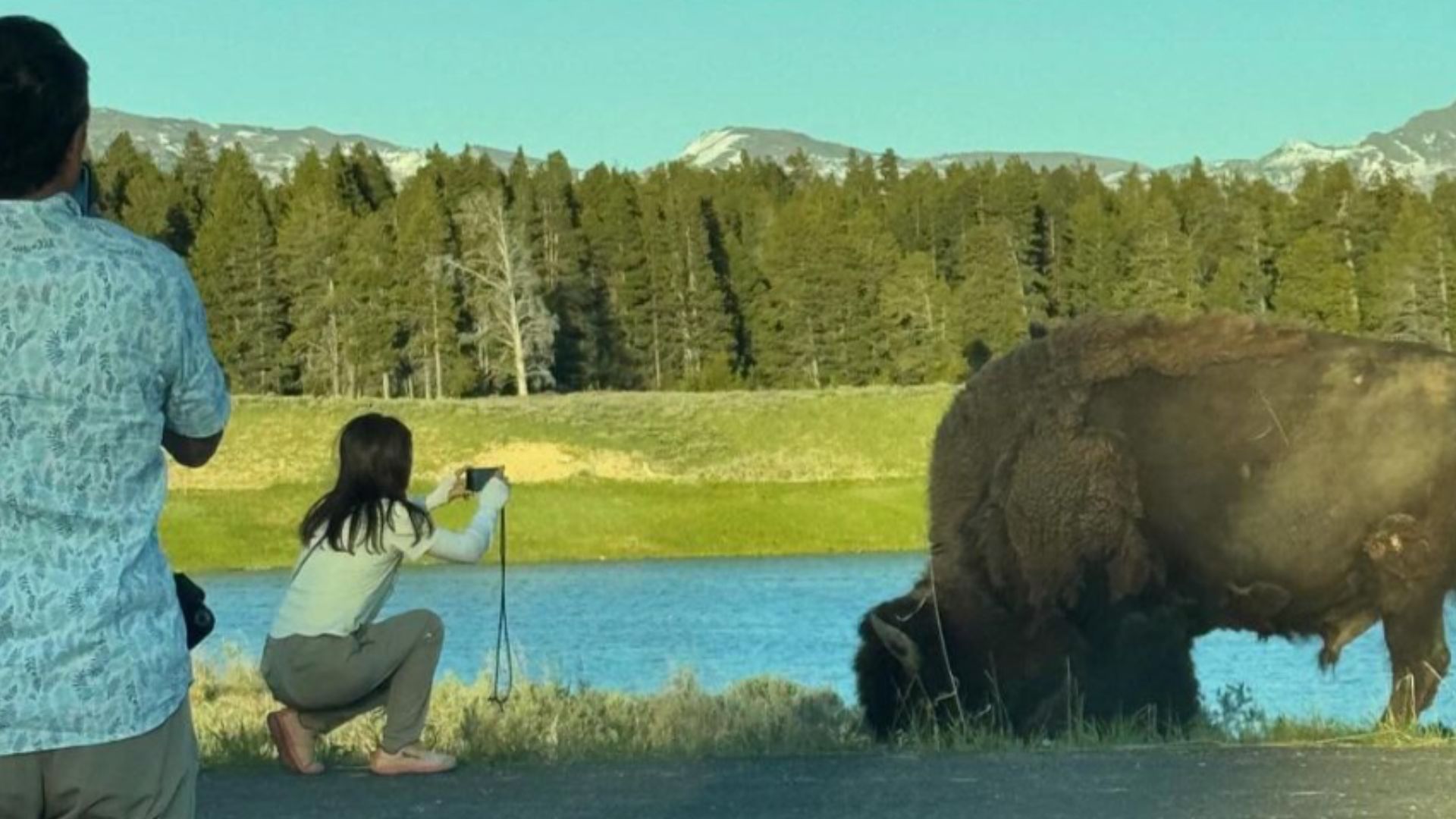
Aimee Lopez, watching safely from her car, caught the whole scene on camera.
As the tourist edged closer to the bison, snapping photos, Lopez took to the internet to share her disbelief: “These were taken in Yellowstone yesterday. It got worse, she tried to pet it.”
Turning Her Back on Danger
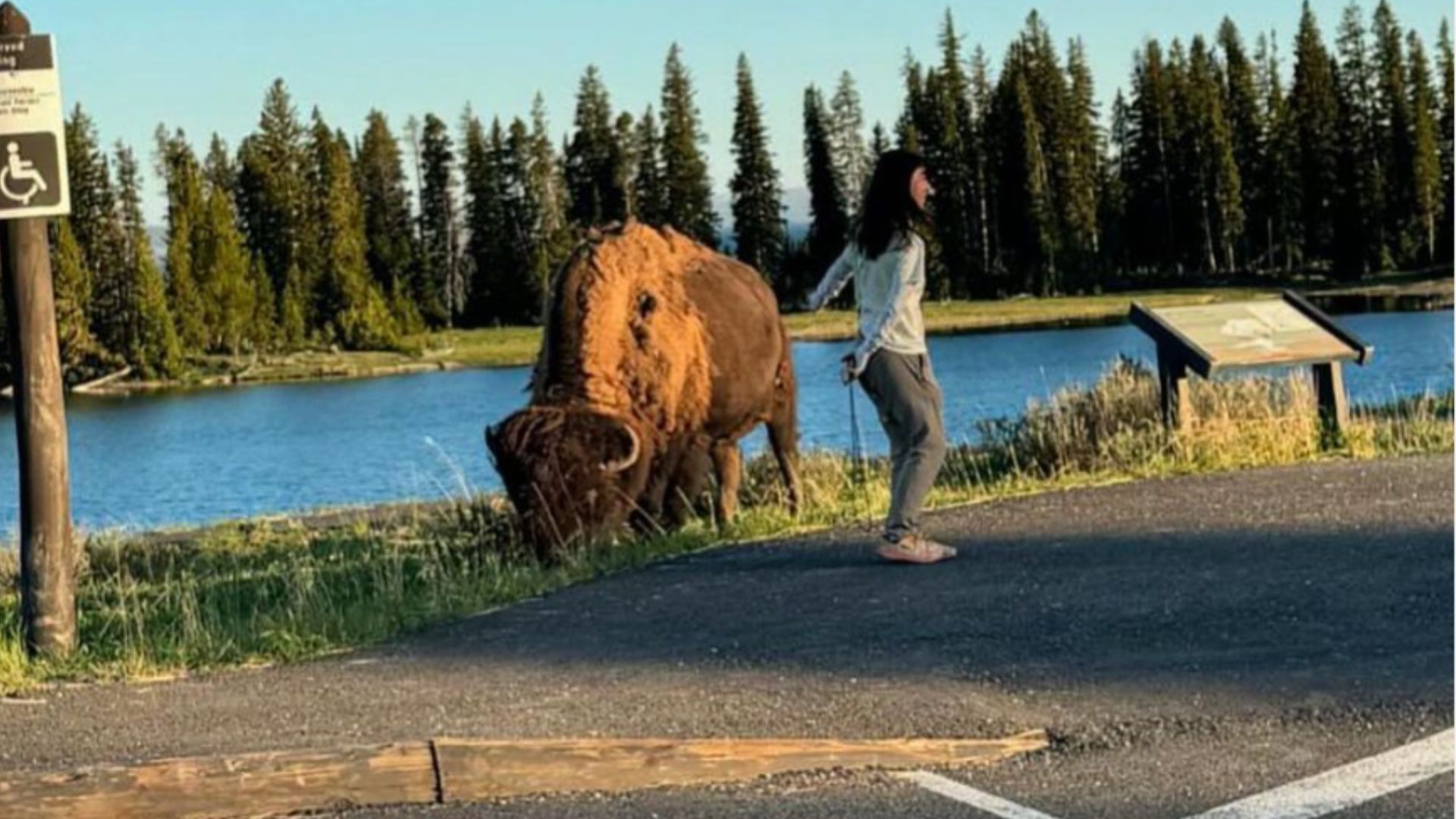
The danger escalated quickly when the tourist turned her back on the bison to pose for more photos.
This risky move during the animal’s mating season could easily have triggered a violent response, showcasing a serious lapse in judgment.
Situation Intensifies
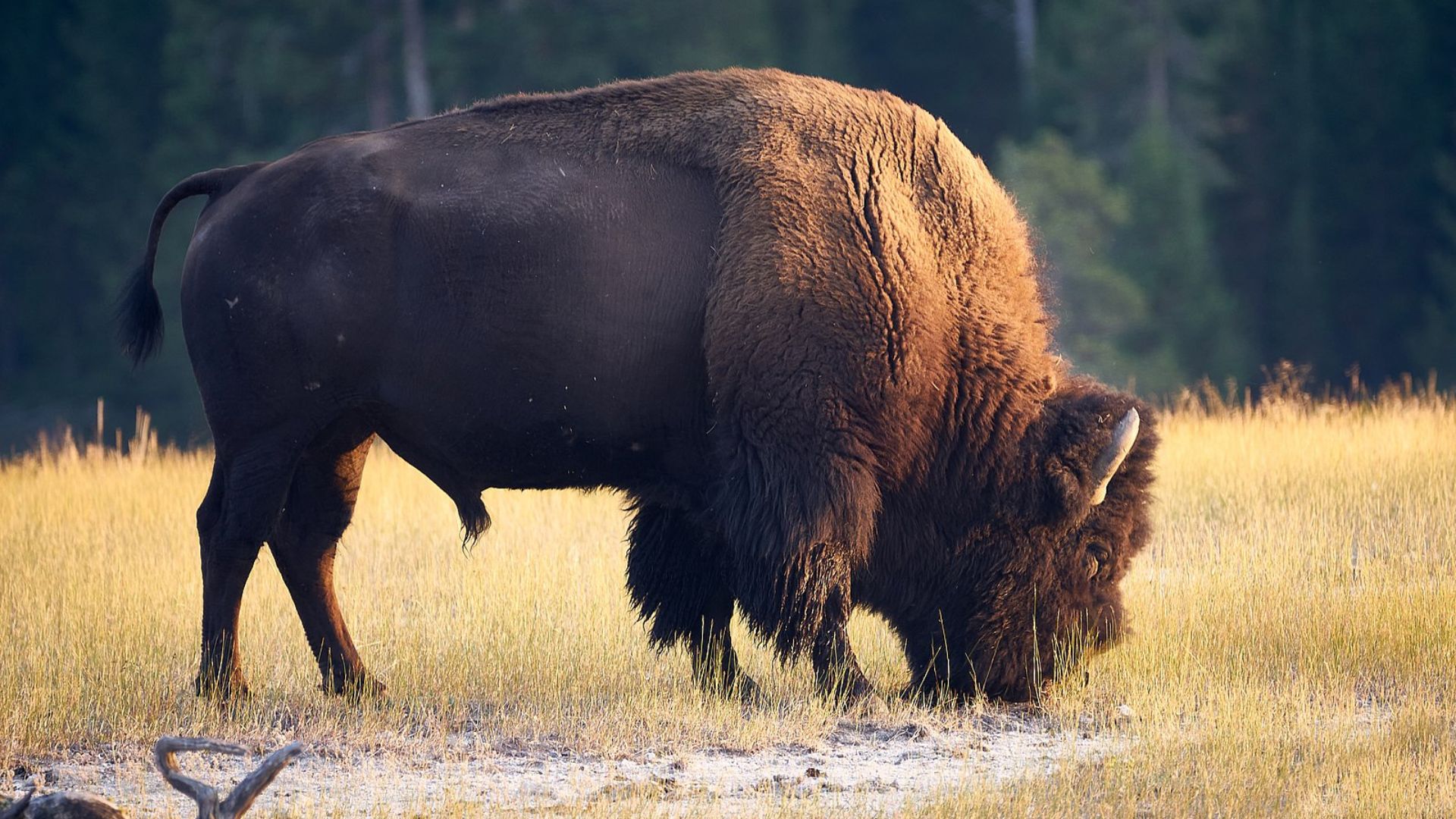
Realizing the gravity of the situation as the tourist reached out to touch the bison, Lopez didn’t hesitate.
She immediately drove off to find help, later recounting online, “At that point, I drove up the road and got a ranger.”
The Threat of Bison
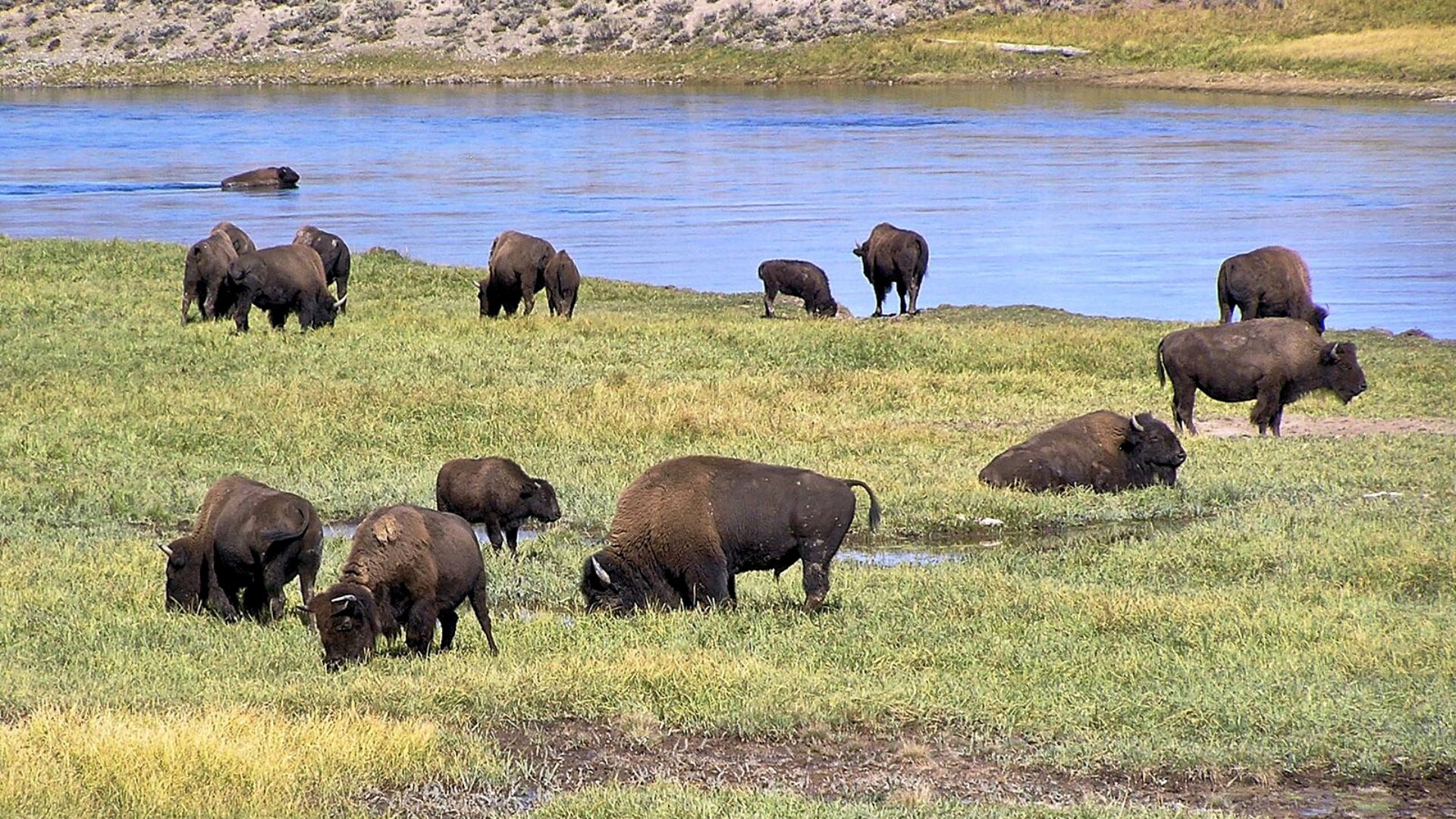
The National Park Service consistently warns that bison are the most dangerous animals in Yellowstone, posing a greater threat to humans than even bears or wolves.
These formidable creatures are particularly defensive when threatened.
A Frightening Reminder
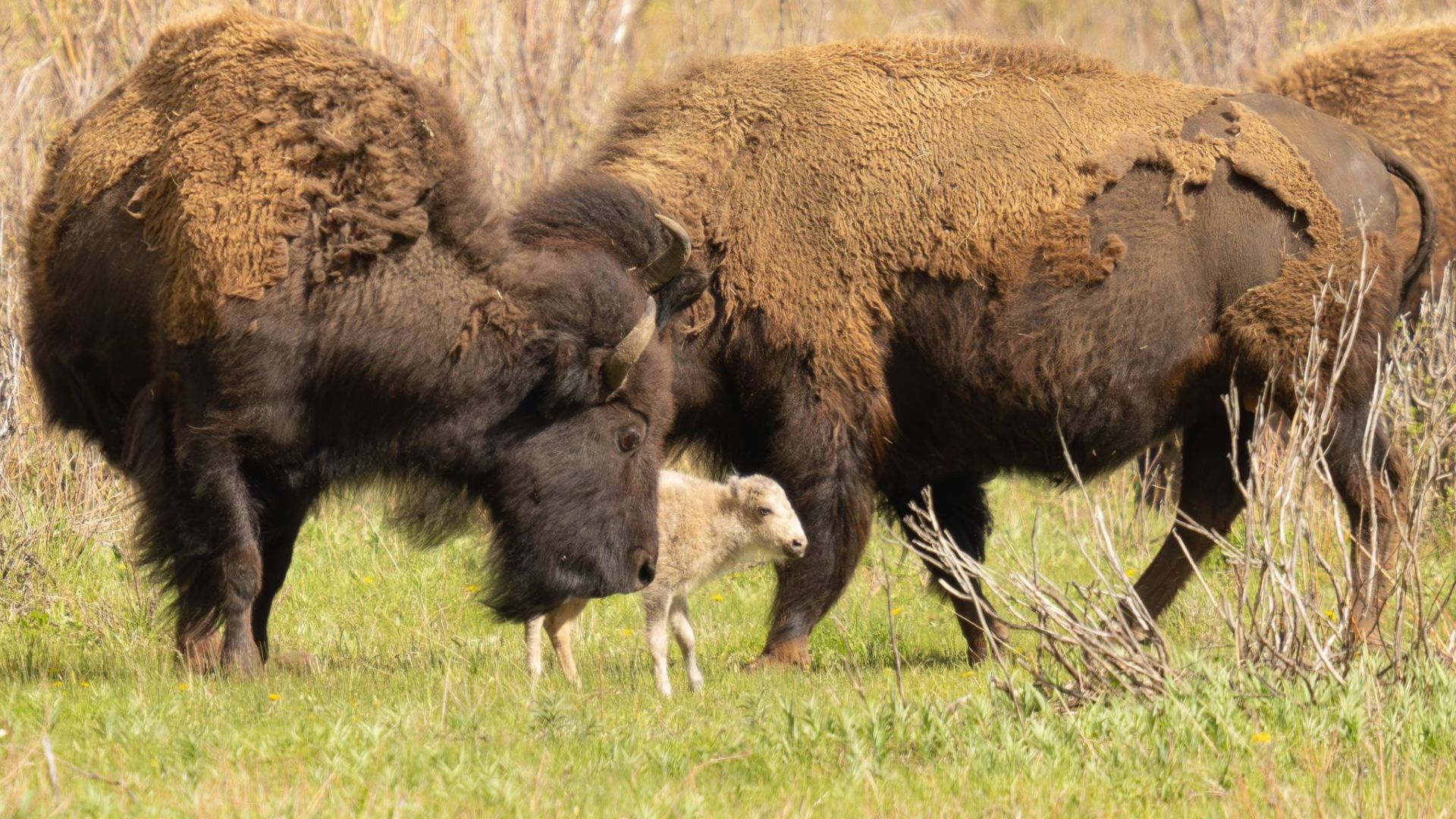
Just weeks prior, an 83-year-old woman was gored, suffering serious injuries from a bison, proving that these animals will defend their space vigorously.
“The bison… lifted her about a foot off the ground with its horns,” an NPS spokesperson reported.
NPS Issues a Warning
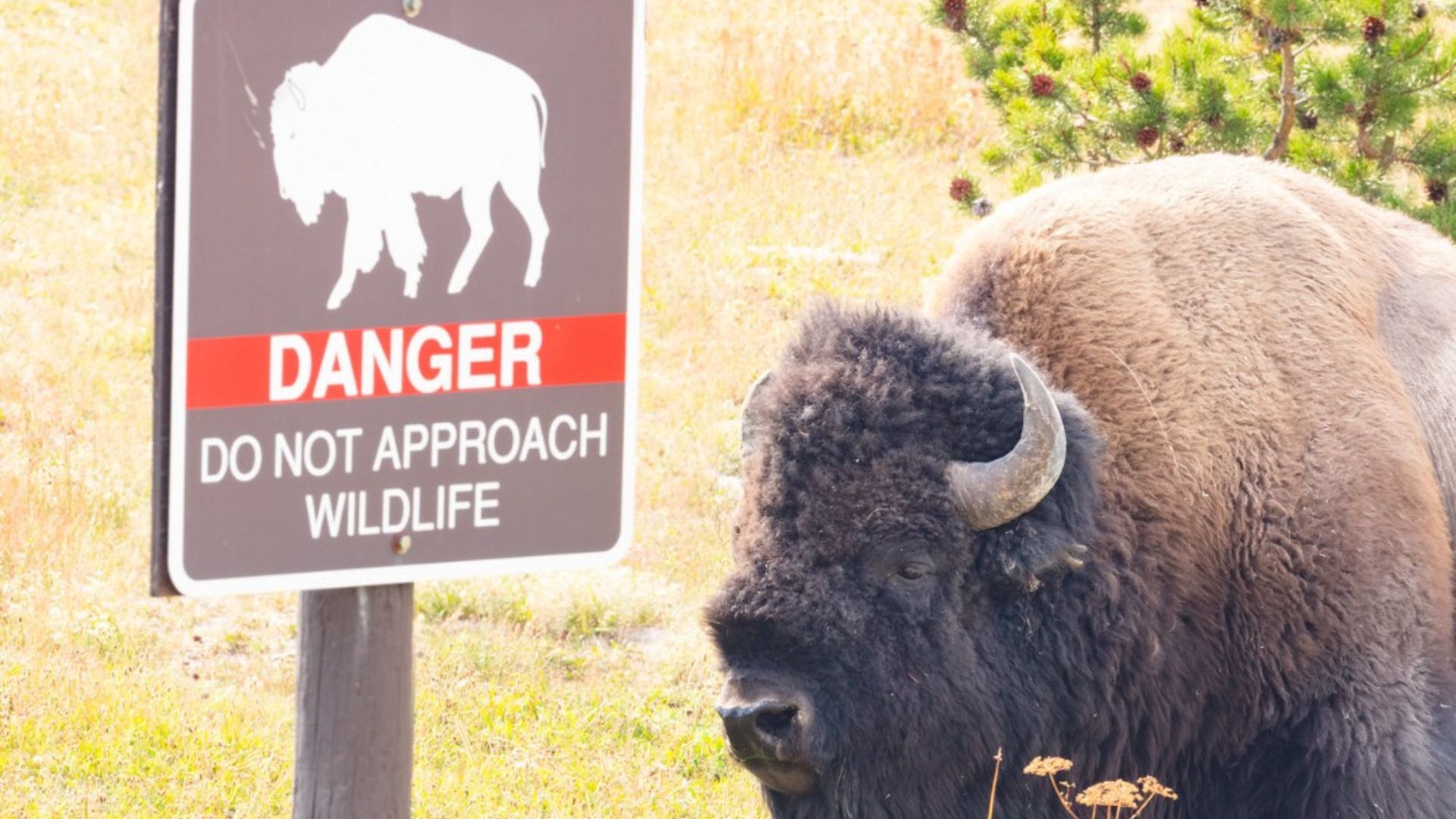
In light of recent events, the National Park Service has reiterated the critical importance of keeping a safe distance from wildlife.
They emphasize to visitors, “It’s your responsibility to respect safety regulations and view wildlife from a safe distance.”
The Legal Side of Wildlife Safety
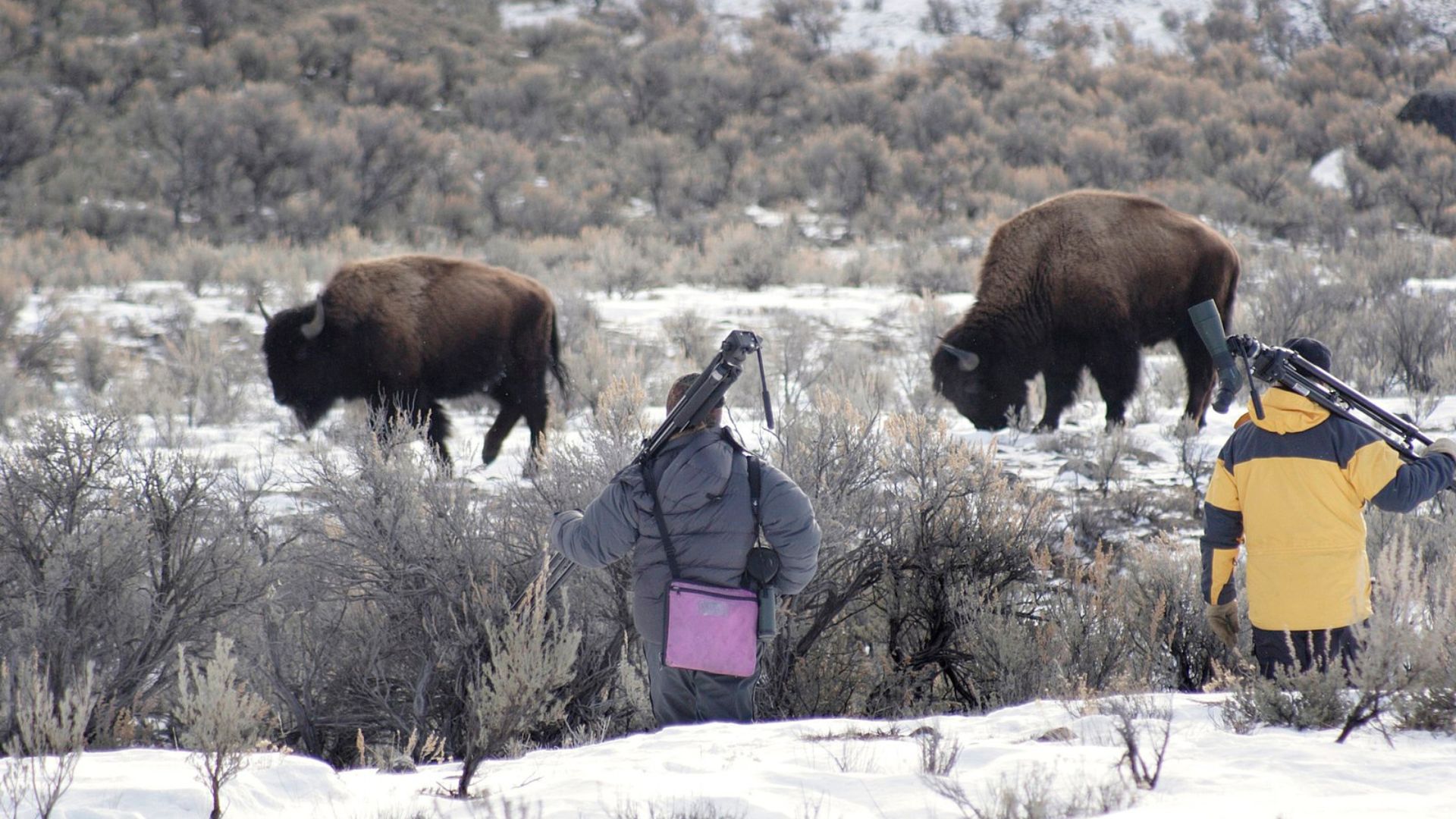
Approaching wildlife in US National Parks isn’t just dangerous; it’s illegal.
Offenders risk fines or jail time, a serious consequence for a moment of thrill.
Safe Viewing Distances
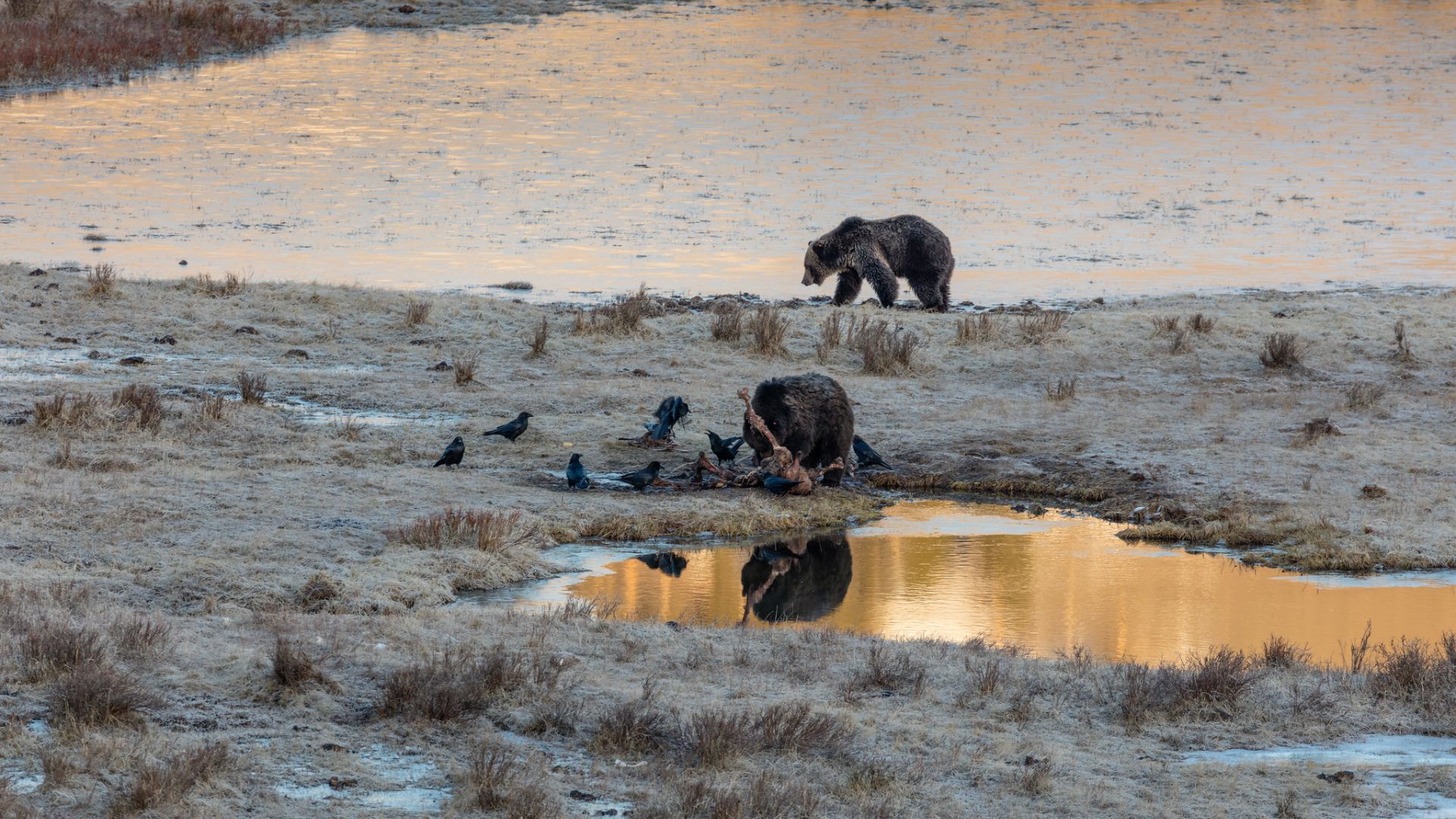
The NPS advises keeping at least 25 yards away from bison and elk, and a much safer 100 yards from predators like wolves and bears.
These guidelines help ensure both visitor and animal safety.
How to Watch Wildlife Safely
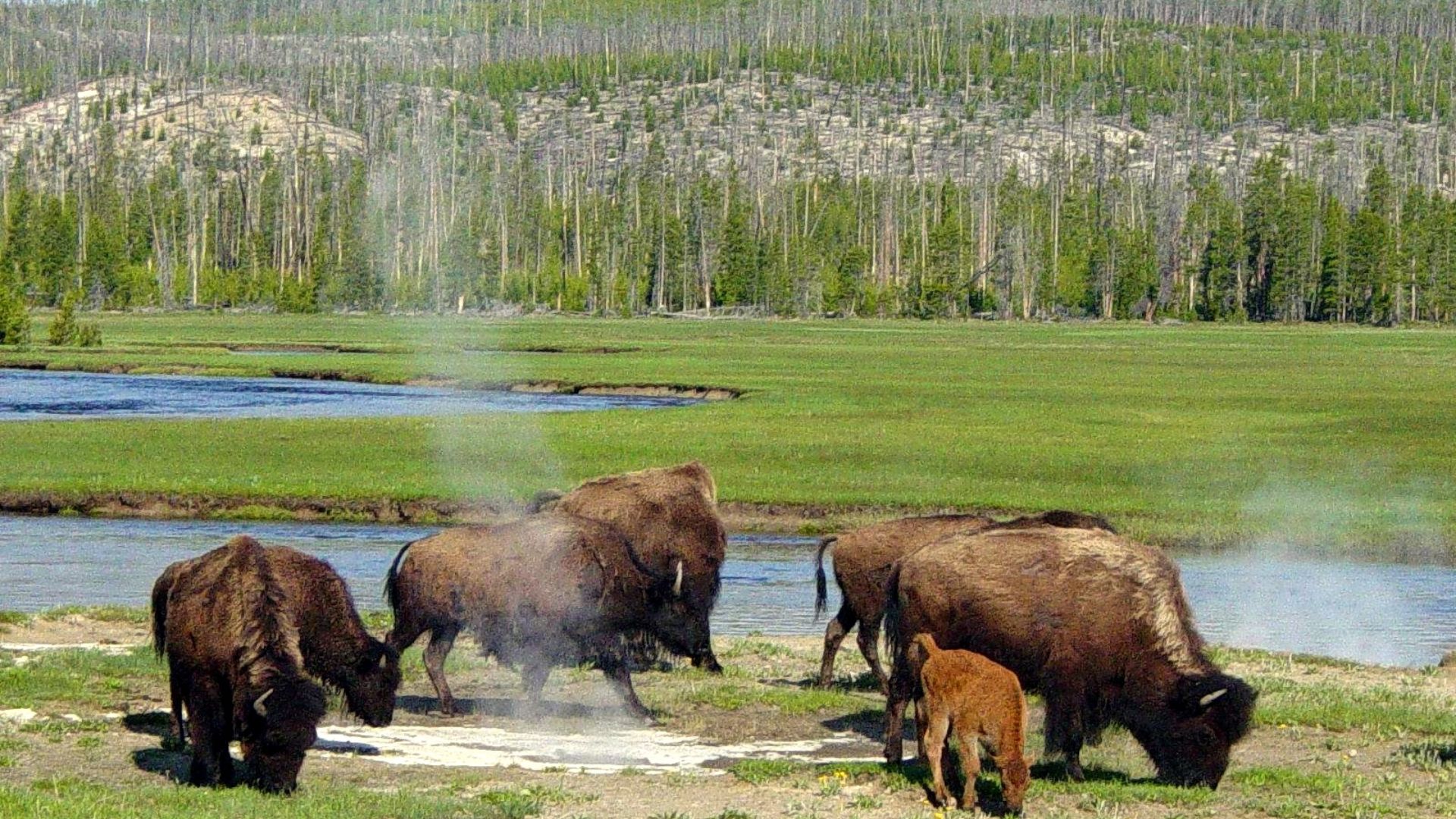
For those eager to observe Yellowstone’s wildlife, the safest way is from within a vehicle, using binoculars or a camera with a zoom lens.
This method allows for close-up views without disturbing the animals or putting human lives at risk.
Viewing Etiquette
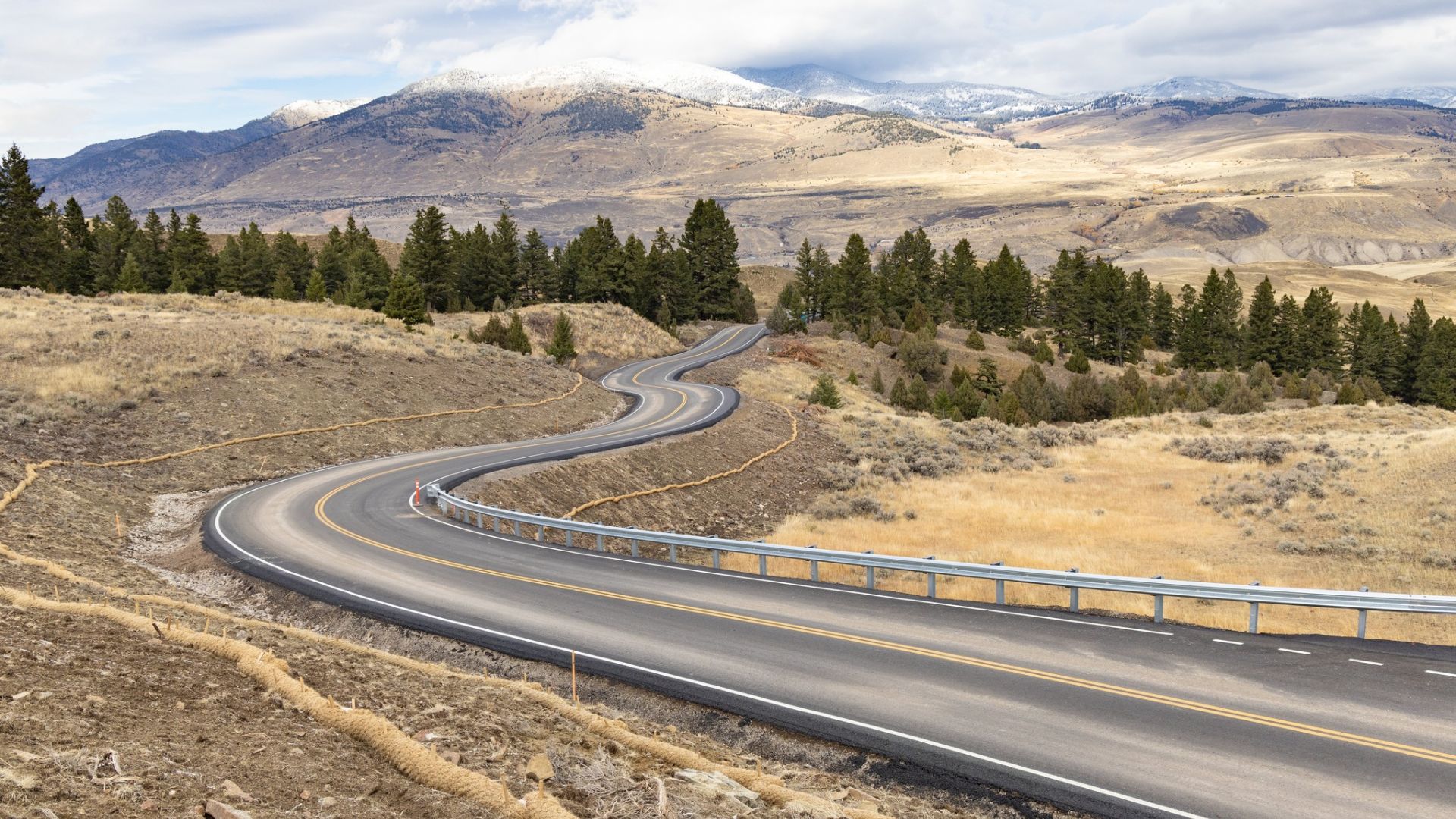
Yellowstone encourages the use of designated pullouts when viewing wildlife to avoid causing traffic jams or accidents.
It’s vital to remember that stopping in the road not only disrupts traffic but can also lead to dangerous interactions with wildlife.
A Cautionary Tale

This recent episode serves as a stark reminder of the inherent risks involved in wildlife interactions, especially with Yellowstone’s bison.
Visitors must adhere to park guidelines and maintain safe distances to ensure both their safety and the well-being of the park’s wildlife inhabitants.
